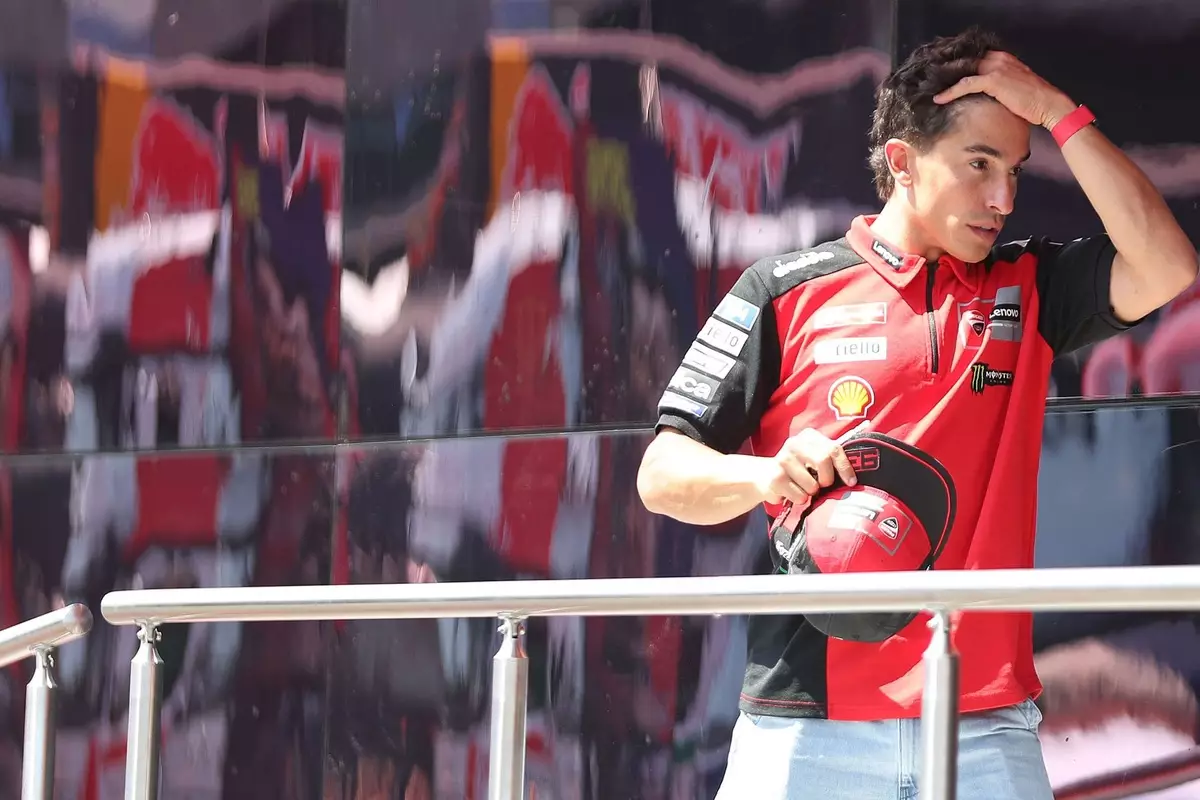The recent introduction of stability control systems in MotoGP has ignited a fierce debate that goes far beyond mere safety concerns. Officially, these electronic aids are promoted as measures to protect riders from dangerous highside crashes, which have historically caused severe injuries. However, beneath this veneer of benevolence lies a complex web of implications that challenge the very spirit of motorcycle racing. Far from being purely neutral tools aimed at reducing risks, such systems threaten to diminish the rider’s skill and strategic mastery—elements that define the essence of MotoGP. The push for technological consistency and safety must be critically examined, especially when such aids risk stifling the competitive edge that makes top-tier racing captivating.
The Disruption of Skill and the Erosion of the Riding Arena
Veteran riders like Marc Marquez and Pedro Acosta have voiced strong opposition to these systems, highlighting a fundamental concern: electronic aids can undermine the core skill involved in racing. Marquez, a racer renowned for his daring style and mastery of bike control, explicitly states that adding more electronics levels the playing field unfairly, making it more about the bike’s assistance than the rider’s talent. His personal encounters with highside crashes—most notably in 2020—further reinforce his suspicion that such aids might diminish his ability to manage bike stability manually. If riders become overly reliant on electronic systems, the nuanced art of riding is compromised, transforming a high-skill sport into a more automated, less human experience.
Acosta echoes this sentiment, emphasizing a need to roll back these electronic aids altogether. His stance aligns with the broader philosophy that racing should be a test of rider ingenuity rather than technological assistance, suggesting that future regulations should actively move away from the blanket inclusion of electronic aids. The concern is that these systems—if accepted as standard—will deprive fans of witnessing true rider mastery, replacing intuitive skill with programmed algorithms.
The Contradiction in MotoGP’s Technological and Regulatory Directions
This debate becomes even more stark when juxtaposing the current reluctance to embrace electronics with upcoming regulations. MotoGP plans to ban ride height devices and holeshot technologies by 2027—tools that similarly alter how bikes perform. In essence, the series seems to be taking a step toward reducing ride aids in some areas while unexpectedly introducing new electronic stability systems in others. Such inconsistencies reveal a deeper confusion within the regulations, where safety and technological innovation clash with the sport’s foundational values of rider skill and competitive integrity.
Moreover, some industry voices, like Marco Bezzecchi’s, suggest that mastery will ultimately prevail despite these safety aids. His belief that top riders will adapt and stand out once electronic systems are optimized indicates an optimistic view that genuine talent will always shine through. However, this optimism risks overlooking the subtle but impactful way electronics can manipulate bike behavior, making skill less of a determinant and more of a secondary factor.
Is MotoGP Losing Its Authentic Identity?
The core question remains: is MotoGP sacrificing its soul on the altar of technological convenience? While the series promotes these safety measures as necessary for rider protection, on closer inspection, they threaten to shift the sport away from its competitive roots. Racing has always been a battle of human skill against physics, where rider decision-making, intuition, and experience are paramount. Introducing systems that reduce rider influence not only undermines this dynamic but risks transforming high-speed motorcycle racing into a more controlled and less unpredictable spectacle.
This shift raises profound questions about the future identity of MotoGP. If electronics continue to evolve in ways that diminish rider influence, will the essence of what makes motorcycle racing exciting and inspiring survive? Or will it gradually become a showcase of technological engineering competing with raw talent? The current momentum suggests a need for a critical reassessment—one that balances safety with the preservation of the sport’s fundamental artistry and challenge.
The ongoing debate underscores an essential truth: technological progress should enhance, not overshadow, human skill. MotoGP must navigate this delicate line wisely, lest it betrays its core identity in pursuit of incremental safety improvements. Whether these electronic aids ultimately serve the sport or subtly undermine it remains a question that the motorcycle racing world must confront with clear eyes and courageous convictions.

